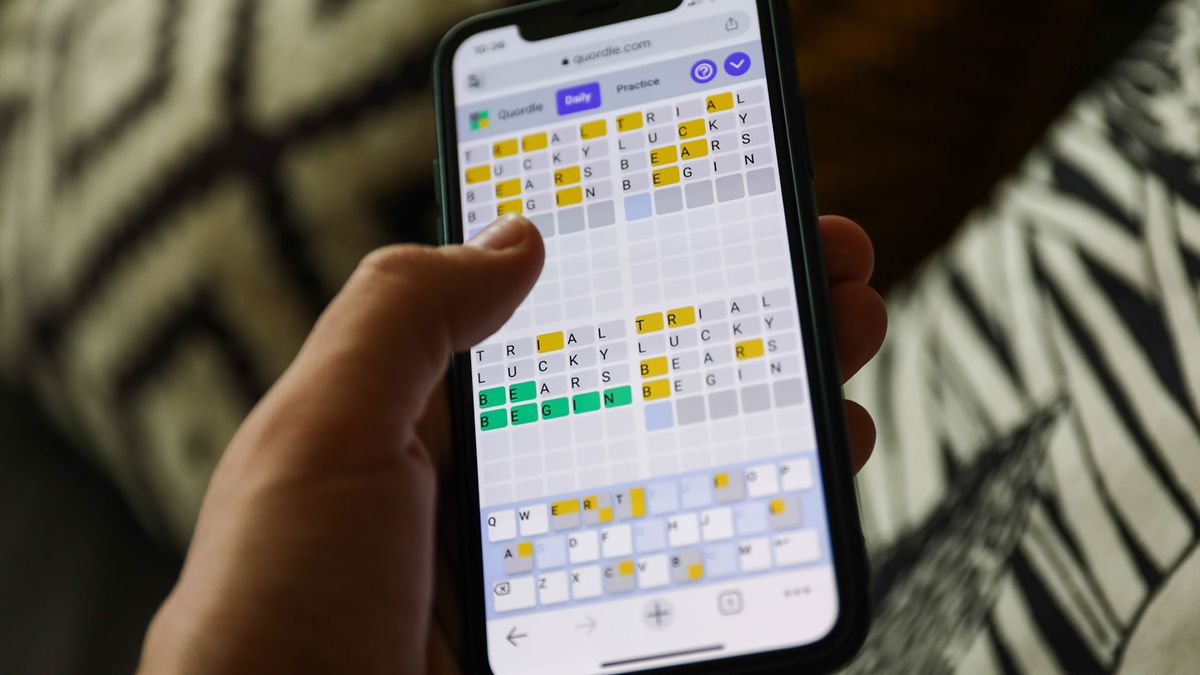Microsoft will pay to capture carbon from burning wood
Microsoft just backed a big plan to capture carbon dioxide emissions from a wood-burning power plant. Today, the tech giant announced a deal with Danish energy company Ørsted to purchase credits representing 2.76 million metric tons of carbon dioxide captured at Ørsted’s Asnæs Power Station over 11 years.
It’s one of the biggest deals any company has made to date to draw down carbon dioxide emissions, according to a press release from Ørsted. The move is supposed to help Microsoft hit its goal of becoming carbon negative by 2030, the point at which the company is removing more planet-heating carbon dioxide from the atmosphere than it generates through its operations.
It’s one of the biggest deals any company has made to date to draw down carbon dioxide emissions
But technology to capture carbon dioxide emissions is still nascent, and some environmental groups and researchers are skeptical that the strategy Microsoft just helped to fund can be an effective way to tackle climate change. Without Microsoft’s support, Ørsted wouldn’t have been able to install carbon capture devices at its power plant. “Danish state subsidies and Microsoft’s contract were both necessary to make this project viable,” Ørsted’s announcement says.
With Microsoft’s help, Ørsted was able to nab an even bigger, 20-year contract with the Danish Energy Agency (DEA) to capture CO2 emissions from Asnæs in western Zealand and a second power plant near Copenhagen. After the carbon capture devices are installed, they should be able to capture a total of 430,000 metric tons of CO2 annually by 2026. For comparison, that’s roughly equivalent to how much CO2 a single gas-fired power plant emits in a year.
These power plants, however, burn wood chips and straw, fuels also known as “biomass.” And burning biomass, which can include agricultural waste and other plant material, as a sustainable energy source is controversial. The EU counts biomass as its biggest source of renewable energy, but a lot of the wood that’s burned has come from trees cut down in forests across Europe and the southeast US. Ørsted says the wood chips burned at its Asnæs Power Station “come from sustainably managed production forests and consists of residues from trimming or crooked trees.”
How is burning trees supposed to be good for the environment?
How is burning trees supposed to be good for the environment? After all, wood still releases CO2 when it’s burned. The argument is that trees or crops used to make biomass naturally take in and store CO2 when they’re alive. So if you replant the trees or plants, you can potentially have a fuel that’s carbon neutral.
Ørsted is going one step further by adding technologies that can filter CO2 out of its power plants’ smokestacks, keeping it from wafting up into the atmosphere. By doing that, it believes its biomass-burning power plants will become carbon negative. They plan to bury the excess carbon dioxide they capture under the North Sea and sell credits to Microsoft representing each ton of CO2. Microsoft can then use those credits to claim that it has canceled out some of its own greenhouse gas pollution.
If that all sounds like a tricky balancing act, it is. Previous research has found that burning woody biomass can create more CO2 emissions than what’s captured. That’s because only capturing smokestack emissions fails to account for all the pollution that might come from cutting down the trees and transporting the wood. Plus, it can take a long time for trees or plants to grow mature enough for people to rely on them to draw down a significant amount of CO2.
“We think that the details are crucial,” Phillip Goodman, carbon removal portfolio director at Microsoft, says in an email to The Verge. An effective carbon capture project would need to use biomass “harvested from appropriate areas” and account for all of its “process” emissions, Goodman says. Microsoft declined to say how much it would pay Ørsted for carbon removal credits for this particular project.
Microsoft has been making some bold bets on climate tech and clean energy technologies lately. Last week, it announced a plan to purchase electricity from a forthcoming nuclear fusion power plant — even though some experts don’t think such a cutting-edge power plant could realistically be developed for several more decades. Microsoft has also paid a Swiss company called Climeworks to filter CO2 out of the air.


